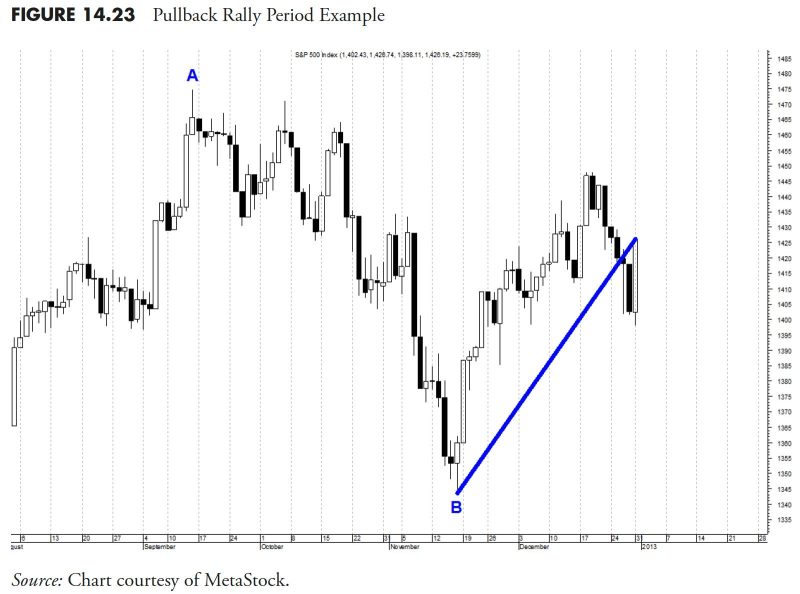In the world of finance, security selection plays a crucial role in determining the success of an investment strategy. The process of selecting securities requires careful consideration of various rules and guidelines to maximize potential returns and manage risk effectively. By adhering to disciplined security selection rules, investors can enhance their chances of achieving their financial objectives.
One fundamental rule in security selection is conducting thorough research and analysis. Before investing in any security, it is essential to gather as much information as possible about the company, its financial health, industry trends, and overall economic conditions. Fundamental analysis involves examining a company’s financial statements, evaluating its growth prospects, and considering factors such as competitive positioning and management quality. Technical analysis, on the other hand, focuses on historical price movements and trading volume to identify potential entry and exit points.
Another important aspect of security selection is diversification. By spreading investments across different asset classes, sectors, and geographies, investors can reduce the impact of specific risks and enhance the overall stability of their portfolio. Diversification helps to mitigate the effects of market volatility and unexpected events that may affect individual securities, allowing investors to achieve a more balanced risk-return profile.
Risk management is a critical component of security selection rules. Investors should assess their risk tolerance and create a well-defined plan to manage potential risks effectively. Setting stop-loss orders, diversifying investments, and using hedging strategies are common techniques to limit downside risk and protect capital from significant losses. By implementing risk management practices, investors can safeguard their portfolios against adverse market conditions and unexpected events.
Furthermore, it is essential to consider the investment timeframe when selecting securities. Different securities may be more suitable for short-term trading opportunities or long-term investment strategies, depending on their characteristics and market dynamics. Investors should align their security selection criteria with their investment goals and time horizon to optimize returns and minimize risks effectively.
Additionally, staying informed about market developments and industry trends is crucial for successful security selection. By monitoring news updates, economic indicators, and corporate announcements, investors can identify potential opportunities and risks in the market. Keeping abreast of regulatory changes, geopolitical events, and emerging technologies can provide valuable insights for making informed decisions when selecting securities.
In conclusion, security selection is a key aspect of successful investing that requires adherence to rules and guidelines to maximize returns and manage risks effectively. By conducting thorough research, diversifying investments, implementing risk management practices, considering the investment timeframe, and staying informed about market developments, investors can enhance their chances of achieving their financial objectives. By following disciplined security selection rules, investors can build a robust investment portfolio that is well-positioned to navigate changing market conditions and generate sustainable returns over the long term.


































